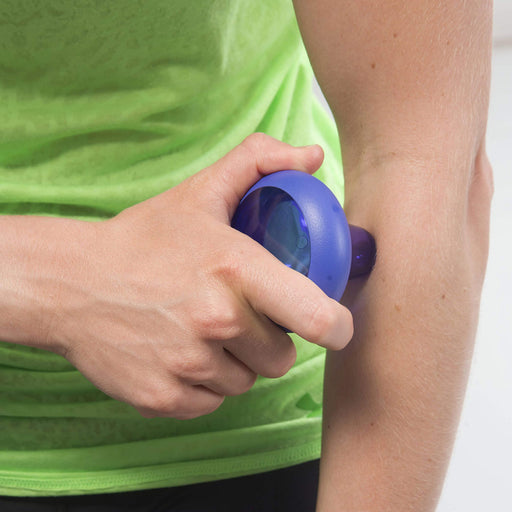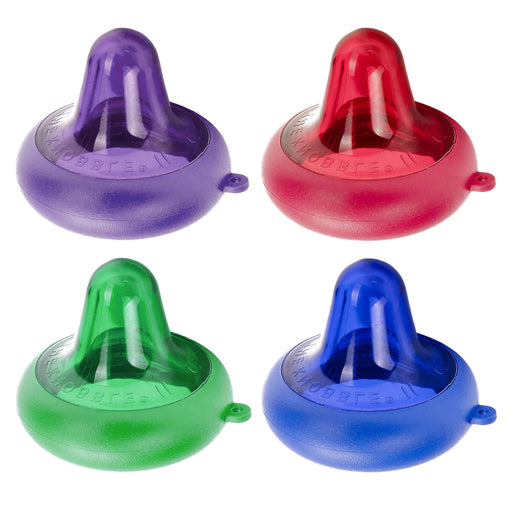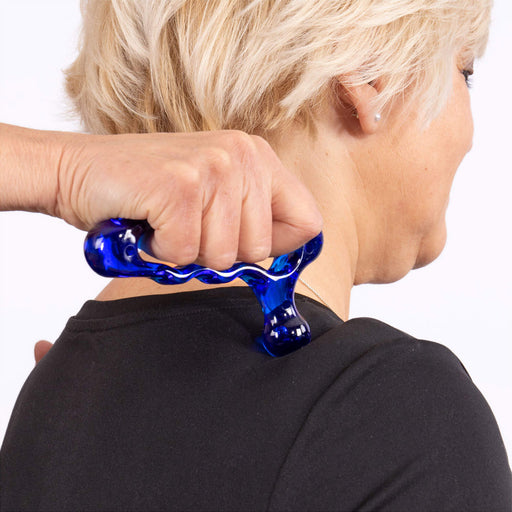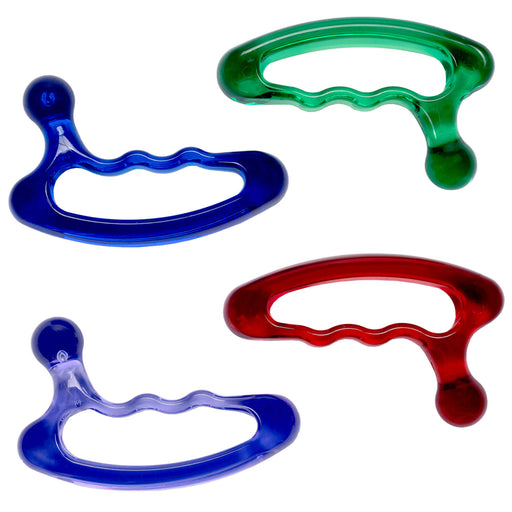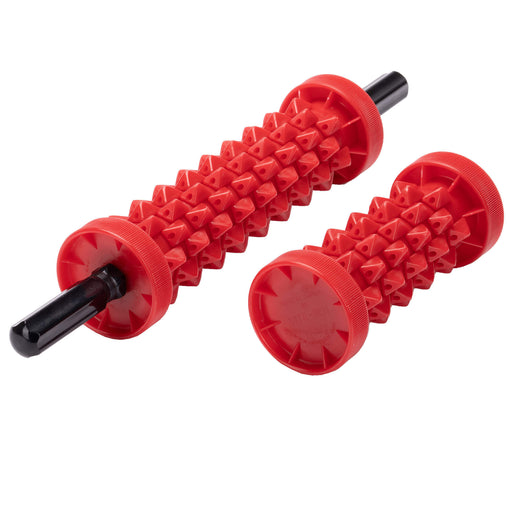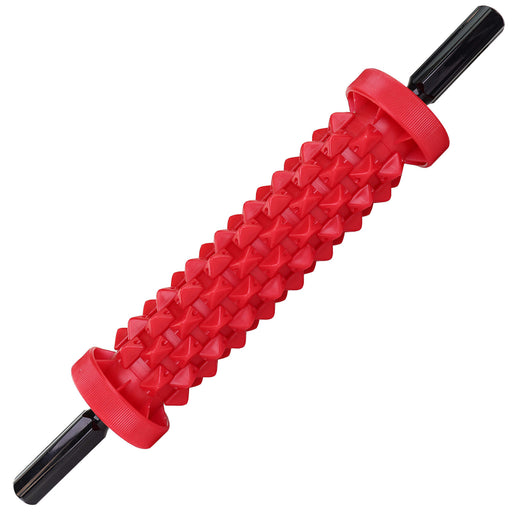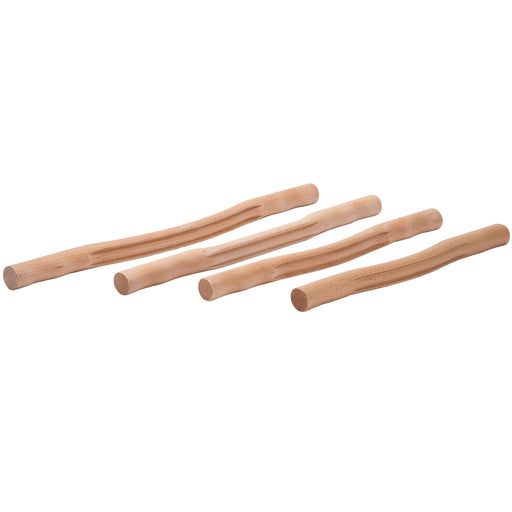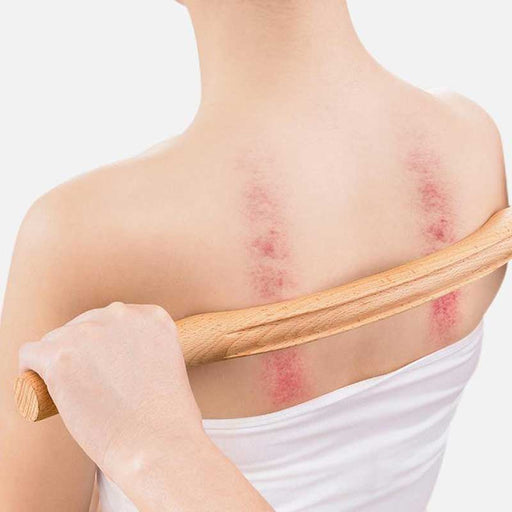over $250.00
Fascial Tools
Filters
-
Price:Log in for Clinic Pricing or create an account.$0.00 - $0.00$0.00$12.95$12.95 - $12.95Current price$12.95| /
The Knobble II
KYBBOut of stockBenefits of Knobble II The Knobble II is the newly designed cousin of the all-wood classic favourite of therapists and self-care enthusiasts. Still...
View full detailsPrice:Log in for Clinic Pricing or create an account.$0.00 - $0.00$0.00$12.95$12.95 - $12.95Current price$12.95| /Sold out -
Price:Log in for Clinic Pricing or create an account.$0.00 - $0.00$0.00$13.99$13.99 - $13.99Current price$13.99| /
Index Knobber II
KYBBOut of stock4.0 / 5.0
2 Reviews
Benefits of Index Knobber II The Index Knobber II allows you to target specific muscles with firm, sustained pressure in the clinic or at home. It ...
View full detailsPrice:Log in for Clinic Pricing or create an account.$0.00 - $0.00$0.00$13.99$13.99 - $13.99Current price$13.99| /Sold out -
Price:Log in for Clinic Pricing or create an account.$0.00 - $0.00$0.00$14.99 - $34.99$14.99 - $34.99Current price$14.99| /
Relax-a-Roller - Foot and Body Massager
KYBBOut of stockUses and Benefits of Relax-a-Roller Relax-a-Roller is a foot and body massage tool. The roller is great for use on the feet to relieve stress and a...
View full detailsPrice:Log in for Clinic Pricing or create an account.$0.00 - $0.00$0.00$14.99 - $34.99$14.99 - $34.99Current price$14.99| / -
Price:Log in for Clinic Pricing or create an account.$0.00 - $0.00$0.00$49.99$49.99 - $49.99Current price$49.99| /
Set of 4 Natural Wood Gua Sha Scraping Sticks
KYBBOut of stock3.0 / 5.0
1 Review
Benefits of Wood Gua Sha Scraping Sticks Wood Gua Sha Scraping Sticks provide a natural and alternative massage therapy. The practice of gua sha is...
View full detailsPrice:Log in for Clinic Pricing or create an account.$0.00 - $0.00$0.00$49.99$49.99 - $49.99Current price$49.99| /Sold out
How do Fascial and Myofascial treatments differ?
Fascial treatment and myofascial treatment are two distinct approaches used by therapists to address issues related to the fascia, a connective tissue system that surrounds and supports muscles, bones, and organs in the body. While they are related, there are some differences between the two.
- Fascial Treatment: Fascial treatment focuses on the overall health and function of the fascial system throughout the body. It aims to improve the mobility, flexibility, and balance of the fascia, promoting better movement and reducing restrictions. Fascial treatment can be used to address various issues such as postural imbalances, chronic pain, and limited range of motion.
- Myofascial Treatment: Myofascial treatment, on the other hand, specifically targets the myofascial system, which includes the muscles and their associated fascia. It focuses on releasing myofascial restrictions and trigger points to alleviate pain, improve muscle function, and restore range of motion. Myofascial treatment often involves applying sustained pressure or stretching techniques to specific areas of the body where myofascial dysfunction is present.
Both fascial treatment and myofascial treatment share the common goal of optimising the function and health of the fascial system. They are often used in conjunction with other therapeutic techniques to provide comprehensive care.
Therapists use various tools and techniques to perform fascial and myofascial treatments.
Some common tools include:
- Hands-On Techniques: Therapists primarily use their hands and fingers to palpate, manipulate, and apply pressure to the fascial and myofascial tissues. They may use techniques like manual stretching, compression, and mobilization to release restrictions and improve tissue health.
- Foam Rollers: Foam rollers are cylindrical foam devices that can be used for self-myofascial release. By applying pressure to specific areas of the body, individuals can target myofascial restrictions and promote tissue mobility and relaxation. An example would be the Relax-A-Roller Foot and Body Massager.
- Massage Balls: Massage balls, typically made of rubber or foam, are used to target specific trigger points and release tension in the muscles and fascia. They are particularly effective for smaller, hard-to-reach areas of the body.
- Instrument-Assisted Techniques: Therapists may use specialised tools such as Graston Technique® instruments or other instrument-assisted soft tissue mobilisation (IASTM) tools. These instruments allow therapists to apply controlled pressure and perform specific strokes to address fascial and myofascial restrictions.
It's important to note that the specific tools used may vary depending on the therapist's training, preference, and the individual needs of the client. Furthermore, therapists may combine these tools with other modalities such as exercise, stretching, and movement retraining to provide comprehensive fascial and myofascial treatments.
Read our article about Fascial and Myofascial Therapy for Pain Relief and Improved Mobility.
